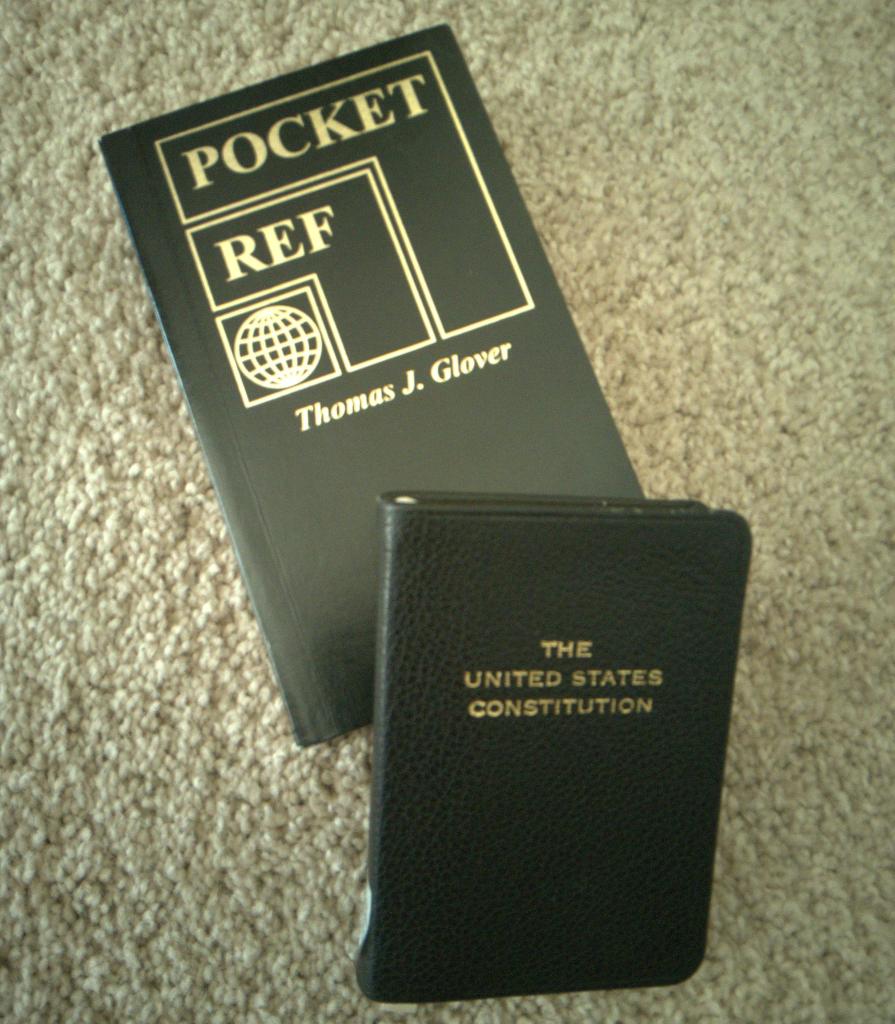X11 for xdotool. ydotool doesn't support (& can't really support with it's current architecture) retrieving information like the current mouse location, current window, window dimensions & titles. Also, normal (unprivileged) user ydotool use requires udev rules or session scripts and/or running a ydotool daemon & many distros don't yet ship with this Just Working.
X11 for Alt-F2 r to restart Gnome Shell without ending the whole session. This is a useful workaround for a variety of Gnome bugs.

Yeah, that's normal. That's the seam -- where each layer starts/stops. Yours don't look any worse than mine.
Sometimes you can tweak settings to reduce them a bit, but the only way to avoid them completely is to print in spiral/vase mode (which is very limiting: 1 contiguous perimeter, no infill).
More importantly: You can control where they appear on the part! Your slicer may have settings like 'nearest' , 'random', 'aligned', 'rear', or may have a way to paint on the part in the UI where the seams should be. Seams are clearly visible when they're in the middle of an otherwise-smooth expanse like the side of your boat there, but are barely noticeable if you put them on a corner.